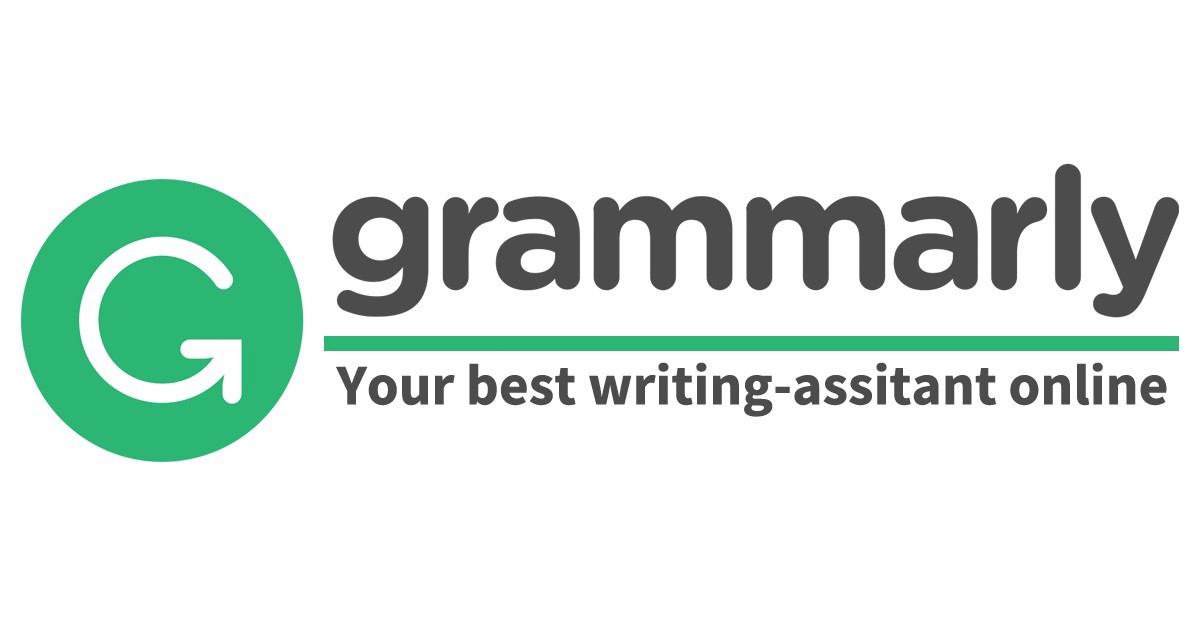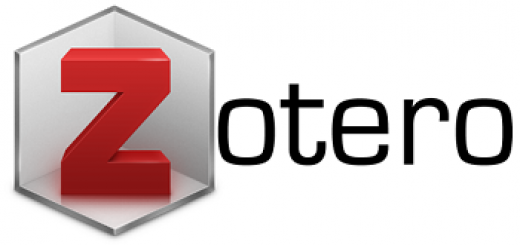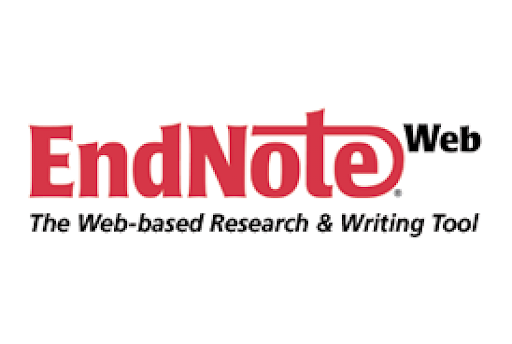Typology and Peri-Urban Development of Yogyakarta City and Surrounding
Abstract
The emergence of peri-urban areas as a transition zone between villages and cities has been influenced by the increasing flow of urbanization. Peri-urban is a dynamically developing suburban area with a mix of rural and urban characteristics. This mixture of characters can be classified from land use patterns, demographic characteristics, economy, and availability of public infrastructure services. On the other hand, the impact of urbanization in urban areas provides positive things through economic growth that supports the sustainability of people in urban areas. The city of Yogyakarta is a growth center in the Special Region of Yogyakarta consisting of 14 sub-districts with significant operations in the trade and service sector. The rapid growth of the city of Yogyakarta has triggered the development of the surrounding area which is directly adjacent to several sub-districts in Sleman Regency. This study aims to examine the typology and development of Yogyakarta City and its surroundings in 2015-2019 with the research area being 20 sub-districts in Yogyakarta City and parts of Sleman Regency. The peri-urban zone typological study employs descriptive geographic analysis, overlays, and scoring. According to a series of analyses, there were developments and changes in the peri-urban typology in Yogyakarta area and its environs from 2015 to 2019, which were turned into urban areas in terms of physical, social, and economic factors.
References
H. S. Yunus, .Dinamika Wilayah Peri-Urban Determinan Masa Depan Kota. Yogyakarta: Pustaka Pelajar, 2008.
Y. G. Li Tian, Peri-Urban China Land Use, Growth, and Integrated Urban–Rural Development. London: Routledge, 2019.
J. Perencanaan and J. Woltjer, “A Global Review on Peri-Urban Development and Planning,” J. Reg. City Plan., vol. 25, no. 1, pp. 1–16, 2014.
Peraturan Gubernur Daerah Istimewa Yogyakarta, Peraturan Gubernur Daerah Istimewa Yogyakarta Nomor 5 Tahun 2019 Tentang Rencana Tata Ruang Wilayah Daerah Istimewa Yogyakarta Tahun 2019-2039. Indonesia, 2019, pp. 1–36.
BPS, Kota Yogyakarta Dalam Angka. Yogyakarta: Badan Pusat Statistik Kota Yogyakarta, 2019.
I. Rudiarto, W. Handayani, and B. Pigawati, “ZONA PERI-URBAN SEMARANG METROPOLITAN : PERKEMBANGAN,” J. Tata Loka, vol. 15, pp. 116–128, 2013.
N. A. Kurnianingsih, “Klasifikasi Tipologi Zona Perwilayahan Wilayah Peri-Urban di Kecamatan Kartasura , Kabupaten Sukoharjo,” J. Wil. DAN Lingkung., vol. 1, pp. 251–264, 2013.
K. N. P. RAKYAT, Peraturan Menteri Negara Perumahan Rakyat Nomor: 11/PERMEN/M/2008 tentang Pedoman Keserasian Kawasan Perumahan dan Permukiman, no. 42. Jakarta, 2008, p. 39.
R. Yesiana, “Typologies of Peri-Urban Klaten-Central Java : A study based on Socio-Economic Perspective,” Indones. J. Plan. Dev., vol. 1, no. August, pp. 57–64, 2014.
R. P. B. Singh, “Changing Rural Landscapes in The Peri-Urban Zone of Varanasi and Strategies for Sustainable Planning,” 2011.
BPS, Kabupaten Sleman Dalam Angka. Sleman: Badan Pusat Statistik Kabupaten Sleman, 2019.
E. Kinfu, H. Bombeck, A. Nigussie, and F. Wegayehu, “The Genesis of Peri-urban Ethiopia: The Case of Hawassa City,” J. L. Rural Stud., vol. 7, no. 1, pp. 71–95, 2019, doi: 10.1177/2321024918808125.
Copyright (c) 2022 ratika tulus, Bimastyaji Ramadan

This work is licensed under a Creative Commons Attribution-NonCommercial-NoDerivatives 4.0 International License.
Copyright Notice
The Authors submitting a manuscript do so on the understanding that if accepted for publication, copyright of the article shall be assigned to journal IJETS, University Of Technology Yogyakarta as publisher of the journal, and the author also holds the copyright without restriction.
Copyright encompasses exclusive rights to reproduce and deliver the article in all form and media, including reprints, photographs, microfilms and any other similar reproductions, as well as translations. The reproduction of any part of this journal, its storage in databases and its transmission by any form or media, such as electronic, electrostatic and mechanical copies, photocopies, recordings, magnetic media, etc. , are allowed with a written permission from journal IJETS, University Of Technology Yogyakarta.
Jurnal IJETS Board, University Of Technology Yogyakarta, the Editors and the Advisory International Editorial Board make every effort to ensure that no wrong or misleading data, opinions or statements be published in the journal. In any way, the contents of the articles and advertisements published in the journal IJETS, University Of Technology Yogyakarta are sole and exclusive responsibility of their respective authors and advertisers.













 This work is licensed under a Creative Commons Attribution-ShareAlike 4.0
This work is licensed under a Creative Commons Attribution-ShareAlike 4.0